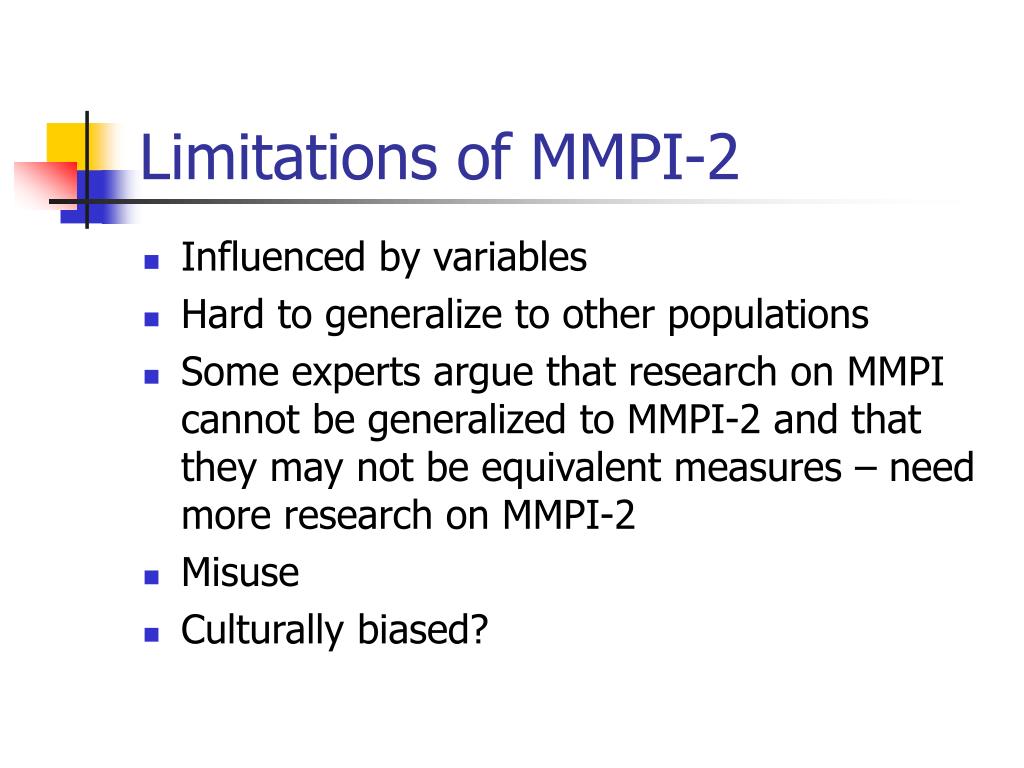
The conclusions of forensic reports have legal consequences that may prompt to those being evaluated to fake their symptomology. Whereas malingering is undoubtedly of interest for clinical practice, its assessment and control are indispensable mandatory requirements in forensic contexts ( Arce, Fariña, & Vilariño, 2015). This phenomenon conditions psychological practice and must be controlled owing to the high socio-health costs involved ( Chafetz & Underhill, 2013), as well as having serious legal implications in forensic evaluations, e.g., a guilty verdict for an innocent defendant ( Fariña, Arce, Vilariño, & Novo, 2014). The global prevalence of malingering is estimated to range from 10 to 20%, with a 15 ± 15% ratio for clinical contexts, and 40 ± 10% for forensic settings ( Young, 2015). In the field of mental health, this translates into the reporting of psychiatric symptoms, cognitive disorders, and a combination of both ( Pierson & Rosenfeld, 2015).

Malingering is defined by the American Psychiatric Association -APA (2013) as “the intentional production of physical or psychological symptoms disproportionate or false, motivated by external incentives …” (p. Se discuten las implicaciones para la práctica forense de los resultados. Además, los resultados evidenciaron validez incrementada de F-r sobre Fp-r y viceversa. En la clasificación de casos, las escalas F-r, Fp-r, FBS-r, Fs y RBS clasificaban correcta y significativamente entre simuladores y respuestas honestas de la población general, y las escalas F-r and Fp-r entre simuladores y población clínica. Los resultados mostraron que los simuladores puntuaban significativamente más alto que los sujetos de las poblaciones general y clínica en las escalas F-r, Fp-r, FBS-r, Fs y RBS. Participaron en el estudio 878 sujetos, 309 de la población general, 308 casos clínicos y 261 instruidos para simular daño psicológico. Se utilizó un diseño de investigación de simulación para evaluar la eficacia de las escalas de validez de evaluación de la simulación en la discriminación entre simuladores y las poblaciones general y clínica en el contexto forense. Forensic practical implications from the results were derived and discussed.Īunque el MMPI-2 ha sido el instrumento psicométrico más usado en la evaluación forense, está siendo reemplazado gradualmente por la versión reestructurada, el MMPI-2-RF precisándose de más evidencia científica para ello. Thus, F-r and Fp-r scales are independent and may be accumulated to detect malingering. Additionally, the results showed F-r incremental validity over Fp-r, and vice versa. As for the classification of cases, the F-r, Fp-r, FBS-r, Fs, and RBS scales classified correctly and significantly between malingerers and honest respondents from the general population, and the F-r and Fp-r scales between malingerers and clinical population. The results showed that malingerers scored significantly higher than the clinical and general population on the F-r, Fp-r, FBS-r, Fs and RBS scales. Of a total of 878 subjects, 309 were from the general population, 308 from the clinical population, and 261 were instructed to malinger a psychological injury. A malingering design was implemented to assess the efficacy of the overreporting validity scales in discriminating between a group of malingerers and the general and clinical populations in a forensic context. (PsycINFO Database Record (c) 2009 APA, all rights reserved).Though it has been the most extensively used instrument for forensic evaluation, the MMPI-2 is being gradually replaced by the MMPI-2-RF version, requiring evidence research to support it. The pattern of slope and intercept biases across types of MMPI-2 scales differs from prior research and indicates the importance of evaluating bias in various populations and settings. Mendoza, 1986) indicated the presence of predictive bias for a majority of the scales examined however, most of these effects were small to modest (accounting for 3%-5% of variance). Step-down hierarchical regression procedures (G. The RC scales demonstrated strong correlations with diagnoses, however, like other MMPI-2 scales examined in this study, they displayed a general trend of predictive bias.

African American patients obtained higher scores across most MMPI-2 scales compared with Caucasians with clinically meaningful elevations (T scores > 5 points) on 3 scales.


Patients completed a battery of self-report instruments and were administered structured diagnostic interviews. Kaemmer, 1989), including the Restructured Clinical (RC) scales, in the prediction of clinical diagnostic status for African American and Caucasian male veterans seeking substance abuse treatment. An assessment of predictive bias was conducted on numerous scales of the Minnesota Multiphasic Personality Inventory-2 (MMPI-2 J.


 0 kommentar(er)
0 kommentar(er)
